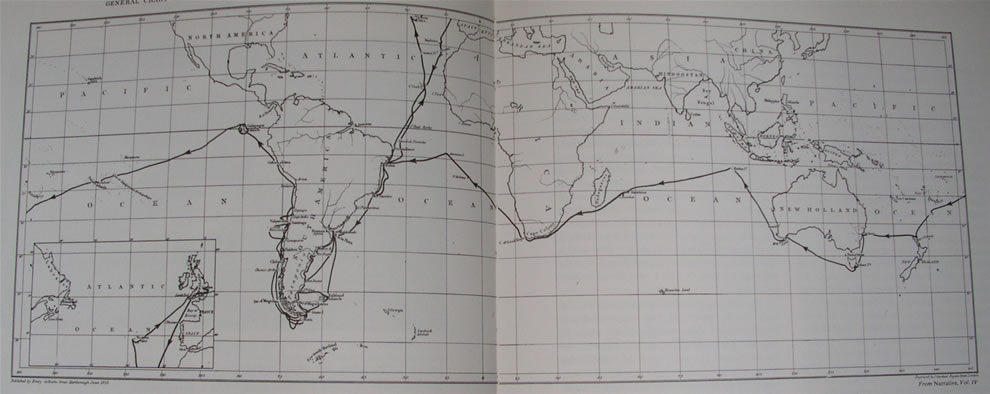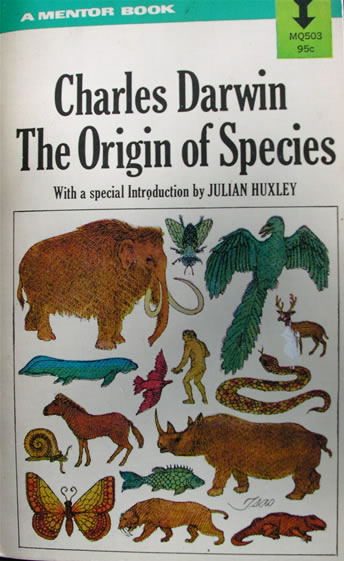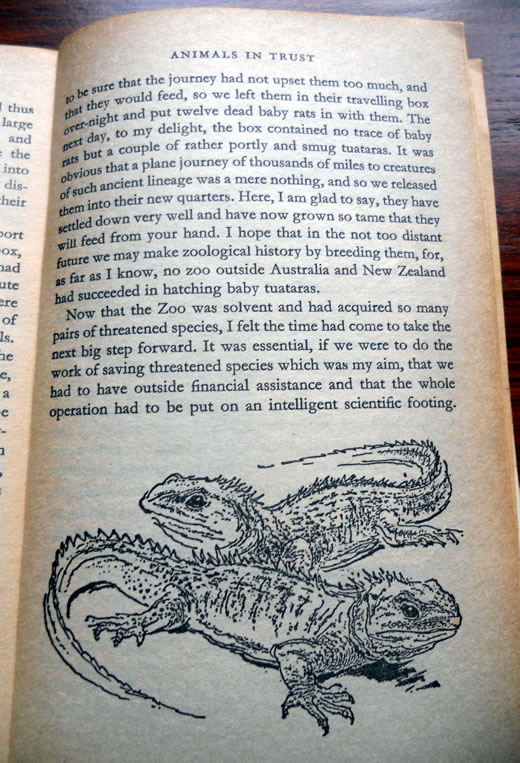A precious account: 'Darwin of the Beagle' by Bern Dibner
Author: M. Crasnier-Mednansky, Ph.D., D.Sc.Copyright © 2009 Mednansky Institute, Inc.
As long as it consists solely of description it is pretty easy; but where reasoning comes into play a difficulty of which I had no idea, Charles Darwin (1809-1882)
At not quite 23 years of age, Charles Robert Darwin had accepted a self-funded position as Naturalist1 on board of H.M.S. Beagle, a 242-ton brig assigned to cartographic service, which had been prepared for yet another voyage under command of Captain Robert FitzRoy. Darwin was to cover his own expenses but 'he could dispose of zoological, botanical and geological collections' in any manner he chose. H.M.S. Beagle sailed from England on December 27, 1831 on route for a five-year voyage during which Darwin collected varieties of insects, birds, reptiles, plants, fungi and fossil bones of vanished species (1529 specimens were sent to England). He journeyed inland, climbed uncharted mountains and reached virgin territories. In 1833 Darwin wrote "I trust and believe that the time spent in this voyage… will produce its full worth in Natural History. And it appears to me, the doing what little one can to increase the general stock of knowledge, is as respectable an object of life, as one can in any likelihood pursue" (emphasis added).
1Darwin's son, Francis Darwin, wrote, "He was a Naturalist in the old sense of the word, that is, a man who works at many branches of the science, not merely a specialist in one"
The Beagle's circumnavigation of the globe
Multiple details of the voyage (from various sources listed in the biography section of the book), and recollection of Darwin’s own narrative of the voyage, make for a fascinating reading of Darwin of the Beagle by Bern Dibner. The book includes copy of a manuscript page from Darwin and facsimile of the Darwin-Wallace papers of 1858 communicated to the Linnean Society in 1858.

The book also contains numerous illustrations including portraits of Darwin and several drawings from Narrative of the Surveying Voyages of His Majesty's Ships Adventure and Beagle, Between the Years 1826 and 1836, Describing their Examination of the Southern Shores of South America, and the Beagle's Circumnavigation of the Globe (1839, in three volumes). In short, Darwin of the Beagle is an excellent introduction to Charles Darwin's life and work as an explorer and true observer.

In the Falkland Islands, Darwin compared species between mainland and adjoining islands. It undermined his previous comprehension of life processes, and the assumption of the immutability of species, which will later be the basis for writing his most significant book The Origin of Species. Differentiation of species grew clearer in his mind in the volcanic Galapagos Islands where life was unlike anything known to him. After his voyage, he went home where for about 20 years he never ceased collecting facts for elaboration of his ideas in support of 'the origin of species by means of natural selection or the preservation of favoured races in the struggle for life'.

Mentor Book published by the New American Library
Thomas Henry Huxley, a defender of Darwin against the attacks that followed publication of The Origin of Species in 1859, warned posterity that "in history it was the fate of new truths to begin as heresies and to end as superstitions" and reminded to his listeners that "the essence of the scientific spirit is criticism".
Suggested Reading:At DARWIN ONLINE: Narrative of the Surveying Voyages of his Majesty's Ships Adventure and Beagle, between the Years 1826 and 1836, Describing their Examination of the Southern Shores of South America, and the Beagle's Circumnavigation of the Globe, Vol. II, 1839
Charles Finney Cox Papers (PP) at The New York Botanical Garden, Archives and Manuscripts, Mertz Library. See also a catalogue of The Charles Finney Cox Collection of DarwinianaGoogleBook in Journal of the New York Botanical Garden, January 1913, Volume 14
Among other titles at Project Gutenberg: Volume 1 (E-text No 2087) and 2 (E-text No 2088) of The Life and Letters of Charles Darwin, by Charles Darwin including an autobiographical chapter edited by Darwin's son, Francis Darwin
On the reception of 'The Origin of Species' by Thomas Henry Huxley, E-text No 2089 at Project Gutenberg
Contributions to the Theory of Natural Selection by Alfred Russel Wallace, 2nd Edition with Corrections and Additions, 1871, E-text No 22428 at Project Gutenberg
Menagerie Manor by Gerald Durrell, 1964
They have, in fact, come down from prehistoric times virtually unchanged, and so if anything in the world can be dignified with the term prehistoric monster, the tuatara can - Gerald Durrell in Menagerie Manor

Illustrations in Menagerie Manor are by Ralph Thompson
Suggested Performance:
The Lark Ascending by Ralph Vaughan Williams, performed by David Wise with the Liverpool Philharmonic Orchestra conducted by Sir Malcolm Sargent, 1947
Minst.org Online Library Index